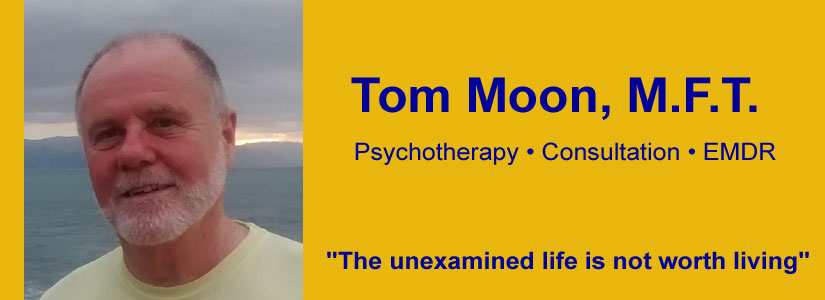All children in dysfunctional families suffer some degree of neglect, and are also acutely aware of how much chaos, conflict, and pain there is in the family. In their efforts to respond to these difficult situations, they very often adopt one of four stereotypical roles: the hero, the scapegoat, the lost child, and the mascot. In this, the third column in the series on dysfunctional family roles, we’ll focus on the lost child.
Lost children are unique in that, while the other roles involve strategies for getting attention, the lost child role is all about completely avoiding attention. In the birth-order, these children are most commonly the third born. They come along at a time when the energy of the family is spent. By the time the family has applauded all of the hero’s achievements and exhausted their efforts trying to straighten out the scapegoat there is nothing left for the third-born child. Lost children develop a belief, early in childhood, that they are to blame for the family turmoil because they are too much of a burden on their parents. They believe that they need and want too much. The way to ease the suffering of the family, then, is not to take up too much space in the world – to be quiet, not “in the way,” and to become as close to invisible as possible.
Lost children create strategies for hiding in plain sight. They spend a lot of time fantasizing, daydreaming, and creating private worlds that are happier and safer than their families. They like solitary activities such as reading, watching television, and playing video games. They are very attached to their pets, but usually have few friends. They are typically soft-spoken and are described by others as shy or introverted. In school, they are the ones who sit in the back of the class and never ask questions. They tend to get decent grades, because not doing so would call attention to themselves, but they usually don’t excel, because that would also make them conspicuous.
When they become adults, they are ill-equipped to be in the world, because their disconnection from their family and from their own inner lives leaves them without knowledge of what they want or what is reasonable to expect from life and relationships. Inwardly, they feel emotionally empty, left out, lonely, angry, fragile, sad, isolated, powerless, scared, confused, and depressed.
When lost children enter therapy, their first emotional challenge is to uncover and face the depth of the life-long sadness that their strategy of quiet avoidance has masked. They need to mourn the time they have lost and the emotional barrenness to which their constricted role consigned them. Usually at a later stage, they also need to discover and own the buried anger they’ve been living with all their lives.
Another important part of their work is to challenge two deeply ingrained and related beliefs. The first is the idea that they have great power to harm others, merely by taking up space in the world. The technical term for this idea is “omnipotence guilt.” In obedience to this faulty belief, lost children avoid relationships with others because they believe that, to have relationships is to inflict themselves on others. They believe that if they open up to other people they will overwhelm and hurt them with their excessive needs. The second idea is that other people are too weak, unstable and fragile to depend on. Having grown up in families with unstable and unpredictable parents, they have learned that it is foolhardy ever to depend on other people to meet their emotional needs, and that their only option is self-reliance.
Lost children are well on their way to recovery when they can refuse to live as victims or as pawns in other people’s dramas; when they are able to say “no” to the demands of others without suffering extreme shame and guilt; when they no longer consent to be bit players in their own lives; and when they feel free to focus on their own life dreams and goals.
Next time: The Mascot
